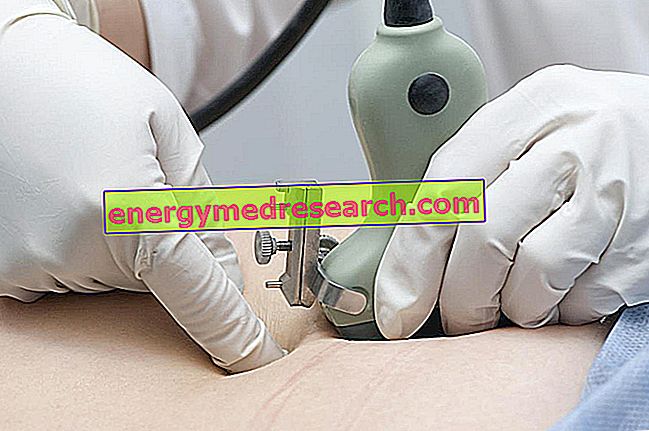
Tonometry consists in measuring the internal pressure of the eye - which under normal conditions must be between 10 and 20 millimeters of mercury (mmHg) - and allows the risk of glaucoma to be verified.
How to do it
For this exam it is possible to use basically two types of instruments, the contact tonometer and the blow tonometer.
The contact tonometer is an instrument that ends with a semitransparent cone; the patient is sitting in front of the slit lamp, so the ophthalmologist instills a drop of anesthetic eye drops and a yellow dye (fluorescein). The tonometer cone is illuminated with blue light and is brought forward, until it touches the apex of the cornea. The ophthalmologist thus detects eye pressure. The contact tonometer is the most widespread and precise instrument.
The breath tonometer, on the other hand, does not require contact with the corneal surface. From a sort of pointer directed towards the eye, then an air jet is produced. The time required to smooth out a small circular area in a central area of the cornea, based on the force exerted by the air impulse, provides the values of intraocular pressure. The technique is considered safe, because the instrument does not come into contact with the eye. However, it is considered less precise and, being a fast and simple way to measure intraocular pressure, is reserved for screening campaigns or for measuring intraocular pressure in children and other uncooperative patients.



